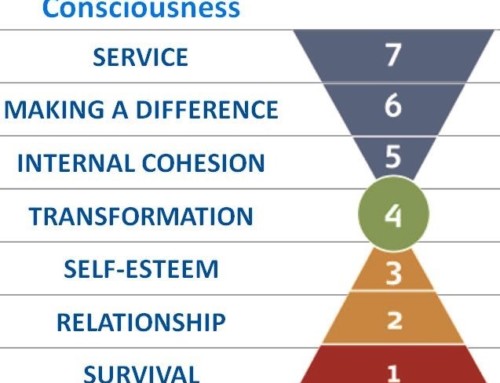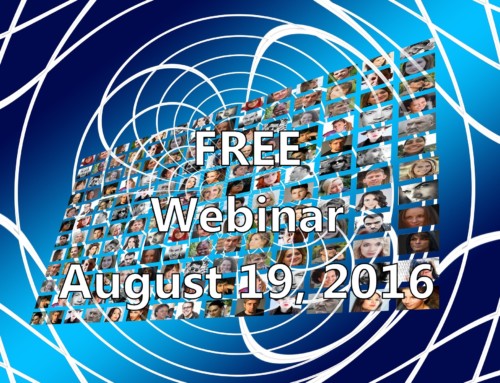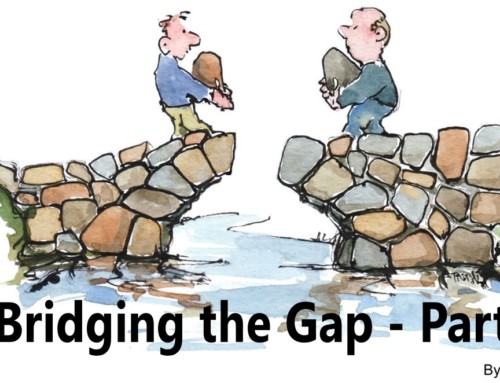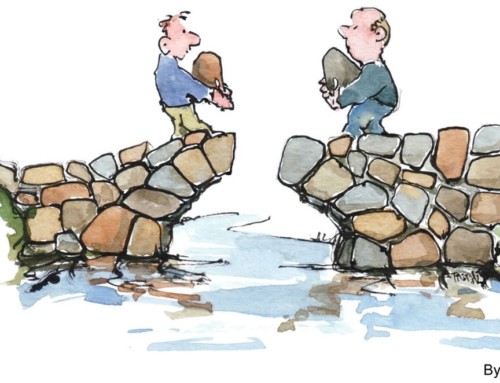Do you remember the California Milk Advisory Board commercials from 2002? They highlighted the slogan: “Great cheese comes from happy cows. Happy cows come from California.”

The ads featured talking and signing cows discussing the pleasures of life in warm and sunny California. The underlying message was that happy cows give better milk.
Ironically, the California Milk Advisory Board was sued by People for the Ethical Treatment of Animals suggesting that the depiction of the cow’s living conditions was deceptive. The lawsuit sparked a false advertising debate among the dairy community that included the question of how a cow’s happiness is measured. Some great questions flow from legal debates.
Despite the unhappy drama that surrounded the happy cow commercials, they were popular for a reason. My guess is that people intuitively resonate with the concept of happiness resulting in quality work. And the commercials were fun. Who wouldn’t smile at a singing cow?
What we have come to learn from the science of Positive Psychology is that happy people have a greater opportunity to produce quality results than those who are unhappy. Barbara Fredrickson, Ph.D. from the University of North Carolina, Chapel Hill, has conducted ground breaking research that supports this theory. Barbara’s work suggests that when we experience positive emotions we are more intelligent, more creative, have a more global perspective, and are less racially biased. In addition, while we experience positive emotions we build sustainable physical, psychological, emotional and social resources. While positive emotions may not last, the resources we build as a result of them are long lasting. These enhancements improve our well-being over time.
On the contrary, negative emotions narrow our perspective and limit our options. When we’re stuck in a negative emotional space self-advocacy prevails. Work environments filled with negativity result in silos, empire building, withholding of ideas and information and doing things the way they’ve always been done. Luckily, positive emotions can reduce negative ones.
I worked in Human Resources inside a large organization for many years. We routinely surveyed our employees as they left the organization regarding their work experience. One rating that was routinely low and would not seem to budge despite our efforts to influence it was, “My supervisor cares about and works to resolve problems.” It was only after we took action to create a more positive culture, that we saw a 20 percentage point positive movement in that rating. Actually, there was positive movement in all of the leadership ratings. I contend that being positive and being around positive people opens up new ways of thinking and supports us in finding new solutions to old problems. As Albert Einstein said, “We can’t solve problems by using the same kind of thinking we used when we created them.”
Will quality work flow from happy employees? Research from the field of Positive Psychology would suggest so. Could there be a better learning lab than the financial results of Fortune Magazine’s 100 Best Places to Work? These companies intentionally develop a positive culture and they routinely outperform their competitors. We know that positive emotions cause success for individuals. The Best Places to Work are proof that collective positive emotions create success as well.
While the jury is still out on how to measure the happiness of a cow, the science of Positive Psychology offers us many ways to measure the happiness and well-being of human beings – the secret to your organization’s success.






Leave A Comment
You must be logged in to post a comment.